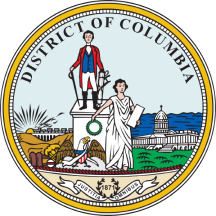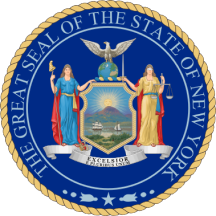Canada’s recent federal election reversed a trend of declining voter turnout, increasing by more than six percentage points over 2021. Elections Canada reported a turnout of almost 70 per cent, the highest level in 32 years.
The predominant consensus as to why turnout surged this year is the increased stakes at play amid United States President Donald Trump’s repeated threats to Canadian sovereignty and his imposition of heavy tariffs on Canadian goods.
While this is certainly true, this explanation somewhat obscures the fact that the election was also heavily focused on the state of the Canadian economy. Ongoing tensions with the U.S. were front and centre, to be sure, but voters were also concerned about the rapidly rising cost of living as well as housing affordability and job precarity.
These economic anxieties were simply magnified by the U.S.-Canada trade war and its perceived pocketbook threats to jobs and inflation.
Turnout by social status
Can Canada expect voter turnout to increase further in the future?
Probably not, given that both support for democracy and satisfaction with democracy have been on the decline, with roughly half of Canadians not feeling represented by their government. These indicators are particularly acute among Canadians of lower class, income and education levels.
To better understand these trends, I investigated turnout by social status since the 1960s in new research published in the Canadian Journal of Political Science.
I found that people at lower socio-economic levels are significantly less likely to vote than the rest of the population. This was not always the case.
Since the 1980s, these individuals have become much less likely to vote than their higher socio-economic counterparts. This has opened up a large turnout gap for each demographic group.
The voter turnout gap between the bottom and top third of income earners has increased roughly 12 percentage points since 1980 and between non-degree and degree holders by roughly seven percentage points.
Electoral participation
These large turnout gaps are being driven by the demobilization of lower status individuals, as middle-income earners and the middle class have tended to vote at rates much closer to the upper class and top third of earners.
When we compare these class turnout gaps to other advanced democracies, Canada’s are quite large. This finding shows that like the U.S., social class has a modest effect on which party that voters support in Canada, but a particularly strong influence on electoral participation.
What could be driving the class turnout gap and demobilization of lower socio-economic individuals?
Prevailing evidence points to the resource model of political participation, whereby individuals with jobs, a higher income and education are more likely to have access to a wider range of resources (particularly money, networks, time and skills), which better facilitates their participation in politics.
But people must also be motivated to participate by interest groups and political candidates and parties.
Failure to prioritize the economy
A crucial way political parties attempt to mobilize voters is through their platforms. Using data form Comparative Manifesto Project, an international research program, I show that over time, parties in Canada have devoted increasing attention to socio-cultural issues compared to economic issues, especially since the 1980s.
This reduced focus on economic issues has tended to align with both a decline in overall turnout as well as the decrease in voter turnout of lower status individuals. Could there be a connection?
When I examine economic preferences by socio-economic status in Canada, it is revealing that lower status individuals care a lot about economic issues; they’re significantly more likely to favour economic redistribution than the rest of the population.
Therefore, it’s not surprising that I found lower voters are more likely to cast ballots when political parties devote greater attention to economic issues.
This research suggests that Canada’s party system has failed to adequately prioritize economic issues to keep lower socio-economic people engaged in voting. It’s not surprising these groups check out of politics, especially when there is mounting evidence across the country that legislators favour higher status voters.
Political disengagement of large social groups is a fundamental problem that deeply undermines democracy and representative government.
A growing class gap in electoral participation means that the elevated position in society of the privileged few can magnify political and social inequalities in a never-ending loop. Socio-economic inequality fosters political inequality, which then fosters socio-economic inequality, and so on in a pervasive self-reinforcing cycle.
Politicians should take note
The 2025 federal election was the first in many years where the economy and pocketbook issues were in the spotlight, which very likely played a role in the uptick in turnout to buck recent trends. In the coming months, once the data is available, I will test this assumption through further research.
However, parties should take note if they want to increase the electoral participation of lower status groups, especially with rising inequality and a cost-of-living crisis showing little signs of abating.
This article is republished from The Conversation, a nonprofit, independent news organization bringing you facts and trustworthy analysis to help you make sense of our complex world. It was written by: Matt Polacko, University of Toronto
Read more:
- As Canada’s economy faces serious challenges, the Indigenous economy offers solutions
- How the blue economy will shape the future of Canada’s oceans — and its coastal communities
- What the voter gender divide means for Canada’s political future
Matt Polacko receives funding from Social Sciences and Humanities Research Council of Canada (SSHRC), and Fonds de recherche du Québec – Société et culture (FRQSC).


 The Conversation
The Conversation
 Associated Press US News
Associated Press US News Local News in D.C.
Local News in D.C. America News
America News Local News in New York
Local News in New York The Daily Beast
The Daily Beast Bored Panda
Bored Panda